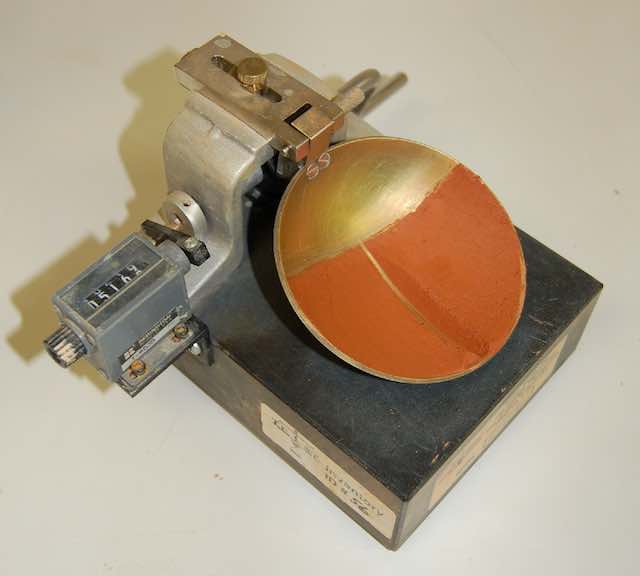Standard Values for Liquid Limit of Soil and Limitations of L.L Test

The liquid limit of a soil is the moisture content, expressed as a percentage of the mass of the oven-dried soil, at the boundary between the liquid and plastic states The moisture content at this boundary is arbitrarily defined as the liquid limit and is the moisture content at a consistency as determined by means of the standard liquid limit apparatus.
Introduction to Liquid Limit Test
The liquid limit test is one of the most widely used tests in the soil engineering practice. Several properties, including mechanical properties (for example, compressive index), have correlations with the liquid limit.
In this paper detailed investigations of the liquid limit of soil mixtures have been carried out using bentonite, kaolinite, sand (coarse grained, fine grained, rounded and angular shaped), and silts. Based on the results obtained, it has been shown that the liquid limits of soil mixtures are not governed by the linear law of mixtures. While the shape of the sand was not found to influence the liquid limit, the size of the sand particles had a definite influence.
First of all a grooved is made in the soil sample by using a standard grooving tool along the diameter through the center line of the cam follower so that a clean, sharp groove of proper dimension is formed, the cup shall be dropped by turning the crank at the rate of two revolutions per seconds and the number of blows counted until the two halves of the soil cake come into contact with the bottom of the groove along a distance of about 12 mm. A representative soul sample nearer the groove is taken for moisture content determination. The moisture content is reported along with number of blows required to close a groove. The operations specified above shall be repeated for at least three trails at different moisture content. The specimens shall be not less than 15 and more than 35/ the test should proceed from the drier (more drops) to wetter (less drops) condition of the soil. It has been found that the liquid limit of certain materials is influenced by the time of mixing. There is a tendency, particularly noticeable in the case of decomposed dolerites and certain pedogenic materials, for the liquid limit to increase as the time of mixing is increased, although this increase will, of course, not continue indefinitely.
Hence it was considered necessary to stipulate a mixing time and a period of ten minutes was decided on. Some times soil tends to slide on the surface of the cup instead of flowing. If this occurs, the results should be discarded and the test repeated until flowing does occur. If sliding still occurs, the test is not applicable and it should be reported that the liquid limit could not be obtained.
Standard Values for Liquid Limit Test
Liquid limit is the water content at which a part of soil, cut by a groove of standard dimensions, will flow together for a distance of 1.25 cm under an impact of 25 blows in a standard liquid limit apparatus. The soil at the water content has some strength which is about 0.17 N/cm.sq. (17 gms/sq.cm.) .

Limitations of Liquid Limit Test
The operations specified above shall be repeated for at least three trails at different moisture content. The specimens shall be of such consistency that the number of drops required to close the groove shall not be less than 15 and more than 35 the test should proceed from the drier (more drops) to wetter (less drops) condition of the soil.
Some times soil tends to slide on the surface of the cup instead of flowing. If this occurs, the results should be discarded and the test repeated until flowing does occur. If sliding still occurs, the test is not applicable and it should be reported that the liquid limit could not be obtained.
Liquid limit depends on the type of plant detritus contained, on the degree of humification, and on the proportion of clay soil present. Generally the liquid limit of fen peat according to Hobbs, ranges from 200 to 600% and bog peat from 800 to 1500% with transition peats between. The liquid limit in other words is reduced by increasing degree of humification. In addition as the organic content declines to lower values of liquid limit are obtained. Usually fen peats have water content at or somewhat below their liquid limits. This is because partially decomposed plant material has a higher cation exchange capacity than any clay which occupies the pores, bog peats contain less mineral matter and so their water contents exceed their liquid limits.












